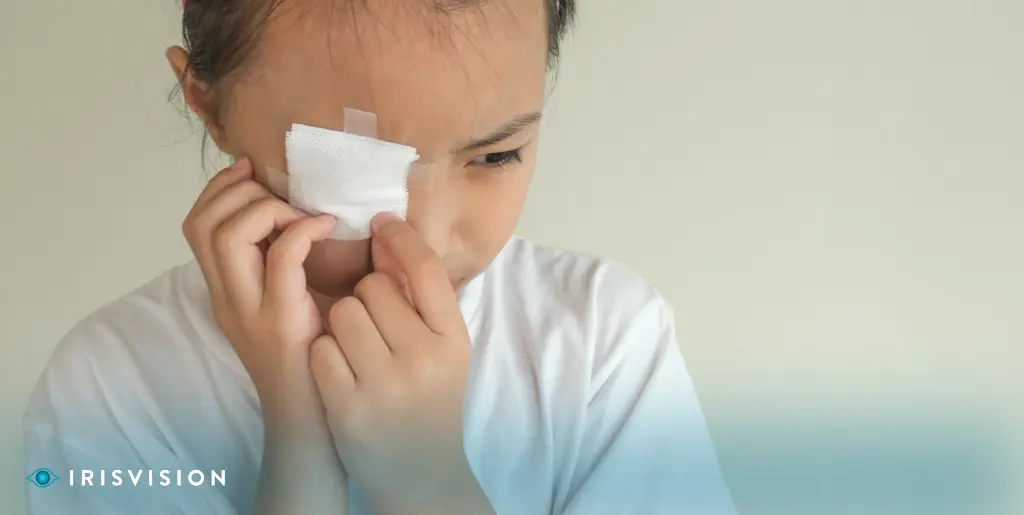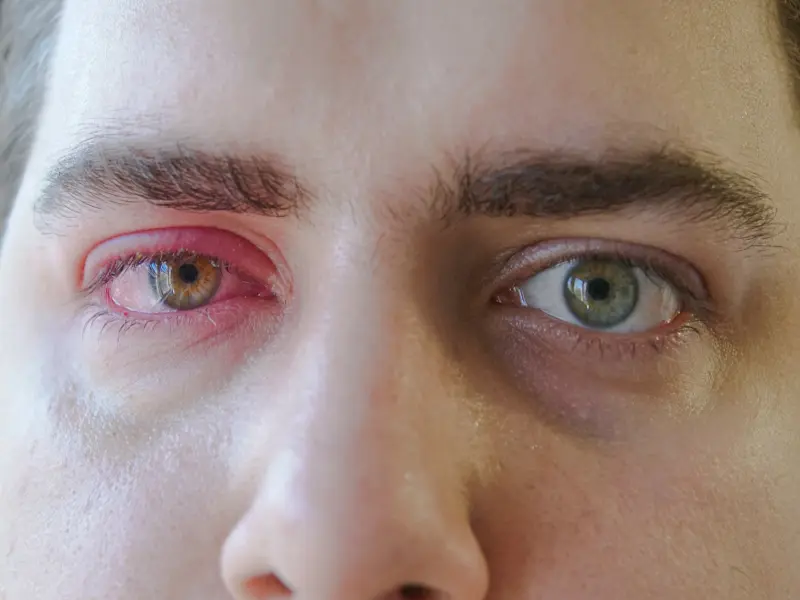
#LIVE2.0 #Review
Our eyes being one of the five sensory organs present in our body, play a vital role in helping us lead an independent life.
It gives us the ability to see by perceiving and then reacting to light which enables us to view and collect information such as movement and color differences. The structure of the eye is such that it converts light energy into electrochemical energy.
Hence when the eye is affected either through an eye trauma or an injury may lead to vision impairment or complete vision loss.
Each one of us in our daily lives is occupied with activities where vision plays an integral role and like any other organ, the eyes may be exposed to vulnerable situations where it may harm them.
Let’s examine what are some of the ways where our vision can be damaged which may lead to visual impairment or even complete loss of vision.
In simple terms, eye trauma occurs when there is a direct blow to the eye, which damages the entire structure of the area e.g. adjacent tissue and bone structure.
The impact or the applied force causes it to compress and retract at a fast rate, subsequently causing the blood to accumulate underneath the affected area and, the excess pressure along with the injury severely damages the eye.
Eye trauma can be caused in several ways, from minor injuries, eye diseases to post-surgical complications.
Eye trauma is divided into two broad categories i.e. blunt trauma and penetrating trauma. Both of these conditions of trauma may lead to vision loss:
Blunt Trauma is the more common out of the two types and suggestive as its name, is induced as a result of sudden compression and indentation that severely damages the eye due to the impact or force. This sudden impact on the eye globe causes bleeding between the cornea and iris; an eye condition referred to as a hyphema.
Striking the eye with any solid object or a finger can result in blunt trauma, which makes the vision cloudy and forms cataracts, blocking the passage of light from penetrating to the back of the eye.
Blunt trauma can cause a fatal injury to the retina, responsible for receiving light and converting it into neural signals sent to the brain for visual recognition.
As a result, an individual’s central vision is drastically affected. Though, it can be corrected through a timely surgical procedure to prevent the effects of retinal detachment.
The second type of trauma, known as Penetrating Trauma, is caused when a sharp object e.g. knife, scissors, BB pellet, penetrates the eye, also known as ocular penetration.
Though there are cases where medications and antibiotics can be prescribed to decrease the effects of intraocular infection but depending upon the injury, micro-surgical interventions are needed to repair the damage and avoid permanent blindness
Arguably the harm caused by Ocular trauma is one of the most challenging areas of retinal surgical expertise.
Eye trauma is just one of the ways that can cause serious injury to the eye, but there are various other conditions where an eye injury, if not treated timely, can take away the gift of sight.
An eye injury doesn’t restrict itself to a particular gender or age but younger kids and teenagers are more likely to injure their eyes.
Each year thousands of children sustain eye damage or even blindness from accidents at home, at play, or in the car as indicated by the American Academy of Ophthalmology.
Younger kids are subjected to extreme conditions that may risk their eyesight, especially while playing sports such as football, hockey or, while doing other recreational activities.
The same applies to older adults who have to work closely with chemicals and harmful substances, or workers at a construction site who have a higher risk of an eye injury due to the use of heavy equipment or modern machinery.
Eye injuries can happen to any individual even at home while cooking, gardening, cleaning, etc.

Such an injury can result in extreme pain, swollen eyes, redness, witnessing flashes of light, vision changes, and even permanent vision loss.
Eye protection such as safety glasses or goggles acts as a barrier to infectious materials entering the eye and damaging it.
The type and severity of the eye injury usually determine if surgical treatment or any other medical intervention is mandated however for minor eye injuries following the below tips can help slow down the effects:
Employees working in hazardous environments can prevent the risk of losing their sight by using proper eye protection on the job.
In a situation where an eye injury has occurred, it’s best to call for help right away and seek medical guidance to ensure no serious harm has been done.

Eye injuries that lead to irreparable damage can overcome the effects of low vision through the use of wearable low vision technology such as the IrisVision – an FDA Class 1 medical device that helps people with vision impairment and low vision live independently.
Support
See and Connect Today!
IrisVision Global, Inc.
5994 W. Las Positas Blvd, Suite 101
Pleasanton, CA 94588
Email: [email protected]
Sales: +1 855 449 4536
Support: +1 855 207 6665
Support
See and Connect Today!
IrisVision Global, Inc.
5994 W. Las Positas Blvd, Suite 101
Pleasanton, CA 94588
USA Email: [email protected]
Sales: +1 855 449 4536
Support: +1 855 207 6665
Support
See and Connect Today!
IrisVision Global, Inc.
5994 W. Las Positas Blvd, Suite 101
Pleasanton, CA 94588
Email: [email protected]
Sales: +1 855 449 4536
Support: +1 855 207 6665